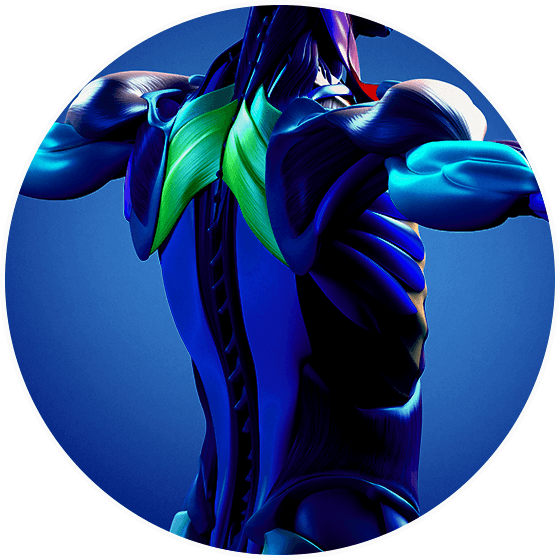Pinched Strains & Sprains

Pinched Strains & Sprains: Symptoms & Treatment Options
Back pain can originate from many sources. And, not all of these involve spinal degeneration. Neck or lower back pain—even tingling pain that radiates from our spine and into our extremities—can result from something as simple as a strained muscle or a sprained ligament. Pinched strains & sprains can occur while we execute a variety of everyday movements. Unfortunately, these injuries only become more common as we age.
Strenuous activity; not properly stretching or warming up before participating in exercise; or simply bending over or twisting the wrong way can be enough to damage the muscles that support our spine. Our lower backs can be especially at risk for strains and sprains, because our lumbar spine bears the brunt of the upper body’s weight.
The muscles that reinforce our spine are responsible for flexibility, stability, and the comfortable movements of our spine. Our muscle tissue is fibrous. A rip in one of these fibers is called a strain. Strains can be extremely painful, and the healing process can be lengthy. The process can be even lengthier if the strain involves a muscle group such as the extensors, flexors, or obliques. These muscles (as their names imply) permit for the extension, flexion, and rotation of our spine.
Ligaments connect our spinal bones together at joints. Injuries to these ligaments are called sprains. Sprains can range from mild to severe, depending upon the movement that caused the sprain and the severity of the injury. If the ligament is torn, the healing time is extremely long and movement can be limited for up to several weeks.
Both sprains and strains in the back can cause pinched spinal nerves. Pinched spinal nerves can cause back pain, as well as tingling discomfort that radiates out to the limbs, numbness, or limited mobility in the affected extremities.
General warning signs of a pinched strain or ligament sprain may include:
Dull, aching pain at the site of torn muscle fibers or ligaments
Limited mobility or stiffness in the neck or lower back
Difficulty walking, bending over, or standing up straight
You heard an audible pop or felt a tear at the time of injury
Your pain worsens when you engage injured muscles or ligaments
Pain that radiates from the site of spinal nerve impingement and into the limbs
Symptoms of Pinched Strains & Sprains
Because pinched strains and sprains can vary widely in severity, an equally diverse range of symptoms can occur. Despite these differences, however, sprains and strains share many features in common because of the sheer physical nature of these injuries. As a general rule, ligament sprains are typically more painful and require longer healing time than muscle strains.
Are you experiencing any of these symptoms? To learn more about how we can help, contact our team of experts at the Advanced Spine Center: 973-791-4101.
Diagnosing Pinched Strains & Sprains
In order to treat your injury, your doctor will need to obtain a thorough account of your medical history, as well as detailed information about how your injury occurred. A physical examination will be performed in which your doctor gently palpates (or touches) the affected area and may ask you to move in certain ways that cause your pain to flare up. In addition, your doctor may prescribe X-ray imaging to ascertain that your injury does not involve a co-occurring injury of the spine. Simultaneously occurring conditions may include herniated disc or vertebral fractures. Once these more serious injuries have been ruled out, your physician will help you design a personalized treatment plan.